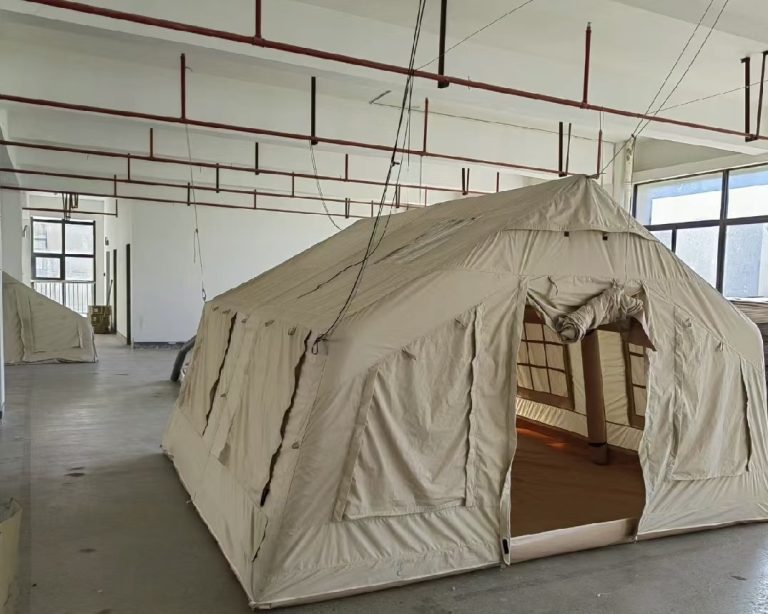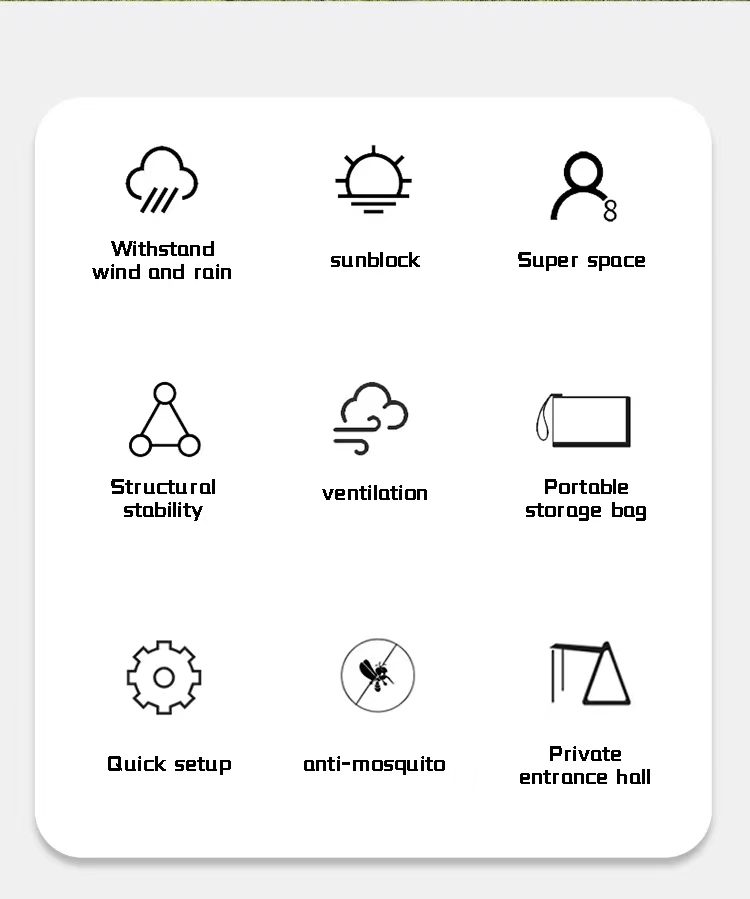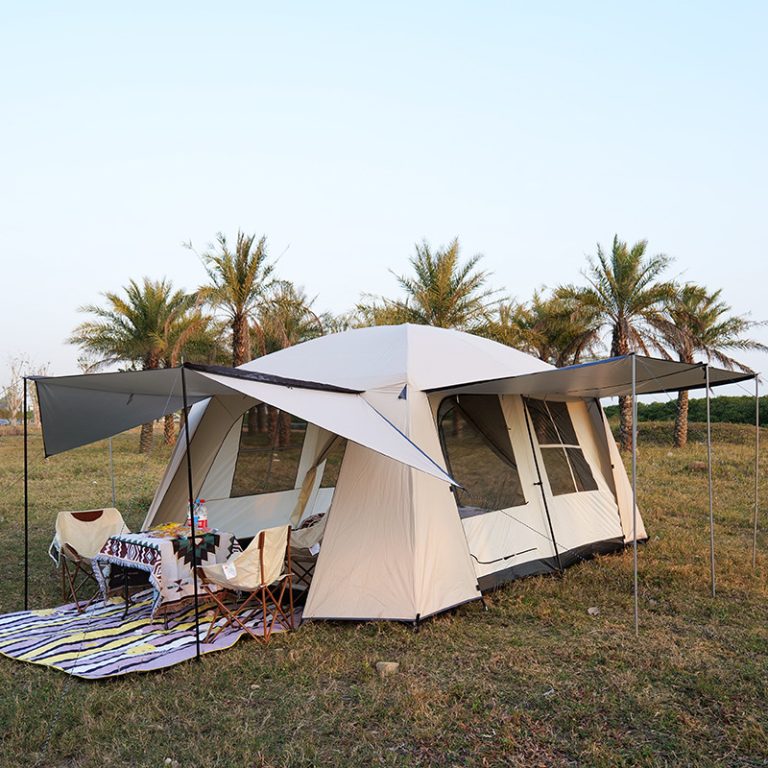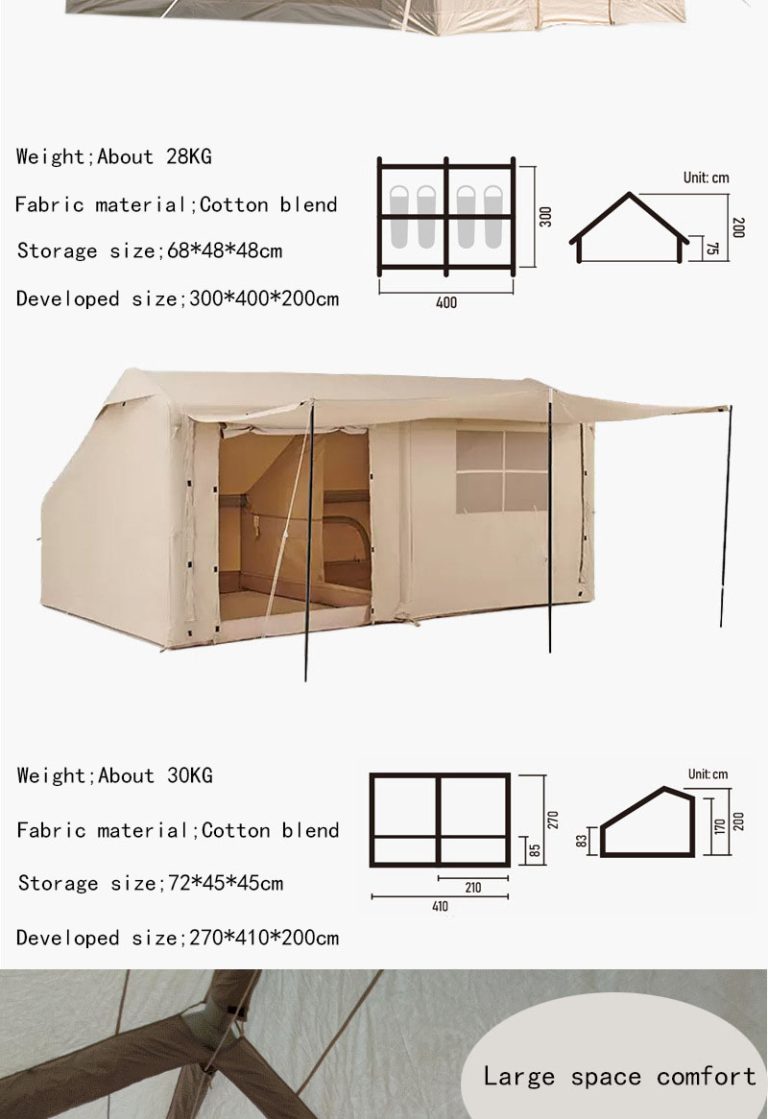Table of Contents
How to Choose the Right Camera for Your Photography Needs
Photography is a popular hobby and profession that requires the right equipment to capture stunning images. One of the most important tools for any photographer is their camera. With so many options available on the market, choosing the right camera for your photography needs can be a daunting task. In this article, we will discuss some key factors to consider when selecting a camera that suits your style and requirements. First and foremost, it is essential to determine what type of photography you will be focusing on. Are you interested in landscape photography, portrait photography, wildlife photography, or perhaps street photography? Each genre has its own specific requirements when it comes to camera features and capabilities. For example, landscape photographers may prioritize a camera with a high-resolution sensor and wide-angle lens, while portrait photographers may prefer a camera with a fast autofocus system and a variety of portrait-friendly features. Another important consideration is your level of experience and expertise in photography. If you are a beginner, you may want to start with a basic point-and-shoot camera or an entry-level DSLR camera that is easy to use and offers room for growth as you develop your skills. On the other hand, if you are a seasoned professional looking for a camera that can handle the demands of professional photography, you may want to invest in a high-end DSLR or mirrorless camera with advanced features and customization options.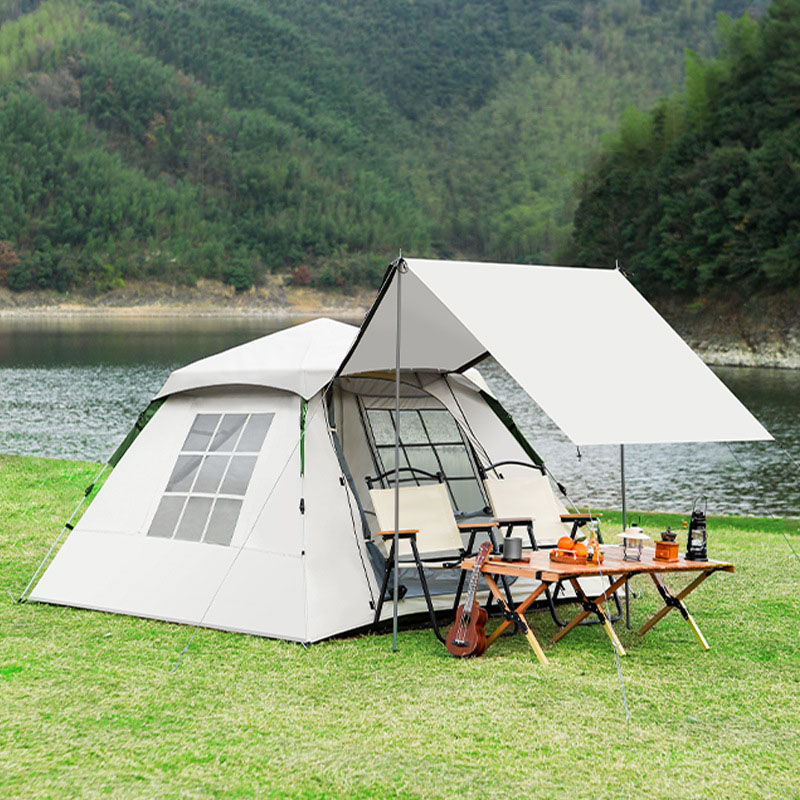 In addition to camera type, it is important to consider the camera’s sensor size, resolution, and ISO range. A larger sensor size typically results in better image quality and low-light performance, while a higher resolution sensor allows for more detailed images. The ISO range of a camera determines its sensitivity to light, with higher ISO settings being useful for low-light conditions but potentially introducing noise into the image.
Other features to consider when choosing a camera include autofocus performance, burst shooting speed, video recording capabilities, and connectivity options. Autofocus performance is crucial for capturing sharp images quickly, while burst shooting speed is important for capturing fast-moving subjects. Video recording capabilities are essential for photographers who also shoot videos, while connectivity options such as Wi-Fi and Bluetooth allow for easy sharing and transferring of images.
Ultimately, the right camera for your photography needs will depend on your personal preferences, budget, and shooting style. It is important to do thorough research, read reviews, and test out different cameras before making a decision. By considering factors such as camera type, sensor size, resolution, and features, you can find a camera that meets your requirements and helps you capture stunning images that showcase your unique vision and creativity.
In addition to camera type, it is important to consider the camera’s sensor size, resolution, and ISO range. A larger sensor size typically results in better image quality and low-light performance, while a higher resolution sensor allows for more detailed images. The ISO range of a camera determines its sensitivity to light, with higher ISO settings being useful for low-light conditions but potentially introducing noise into the image.
Other features to consider when choosing a camera include autofocus performance, burst shooting speed, video recording capabilities, and connectivity options. Autofocus performance is crucial for capturing sharp images quickly, while burst shooting speed is important for capturing fast-moving subjects. Video recording capabilities are essential for photographers who also shoot videos, while connectivity options such as Wi-Fi and Bluetooth allow for easy sharing and transferring of images.
Ultimately, the right camera for your photography needs will depend on your personal preferences, budget, and shooting style. It is important to do thorough research, read reviews, and test out different cameras before making a decision. By considering factors such as camera type, sensor size, resolution, and features, you can find a camera that meets your requirements and helps you capture stunning images that showcase your unique vision and creativity.Tips for Capturing Stunning Landscape Photos
Landscape photography is a popular genre that allows photographers to capture the beauty of nature in all its glory. From majestic mountains to serene lakes, there is no shortage of stunning landscapes to photograph. However, capturing the perfect landscape shot can be challenging, as it requires a keen eye for composition, lighting, and timing. In this article, we will discuss some tips for capturing stunning landscape photos that will help you take your photography skills to the next level. One of the most important aspects of landscape photography is composition. A well-composed photograph will draw the viewer’s eye into the scene and create a sense of depth and dimension. When composing a landscape shot, it is important to consider the rule of thirds, leading lines, and framing. The rule of thirds involves dividing the frame into thirds both horizontally and vertically, and placing the main subject or focal point at one of the intersecting points. Leading lines can be used to guide the viewer’s eye through the scene, while framing can help to create a sense of depth and perspective. In addition to composition, lighting is another crucial element in landscape photography. The quality of light can make or break a landscape shot, so it is important to pay attention to the direction, intensity, and color of the light. The golden hours of sunrise and sunset are often considered the best times to shoot landscapes, as the soft, warm light can create a magical atmosphere. However, don’t be afraid to experiment with different lighting conditions, such as overcast skies or stormy weather, as these can also produce stunning results.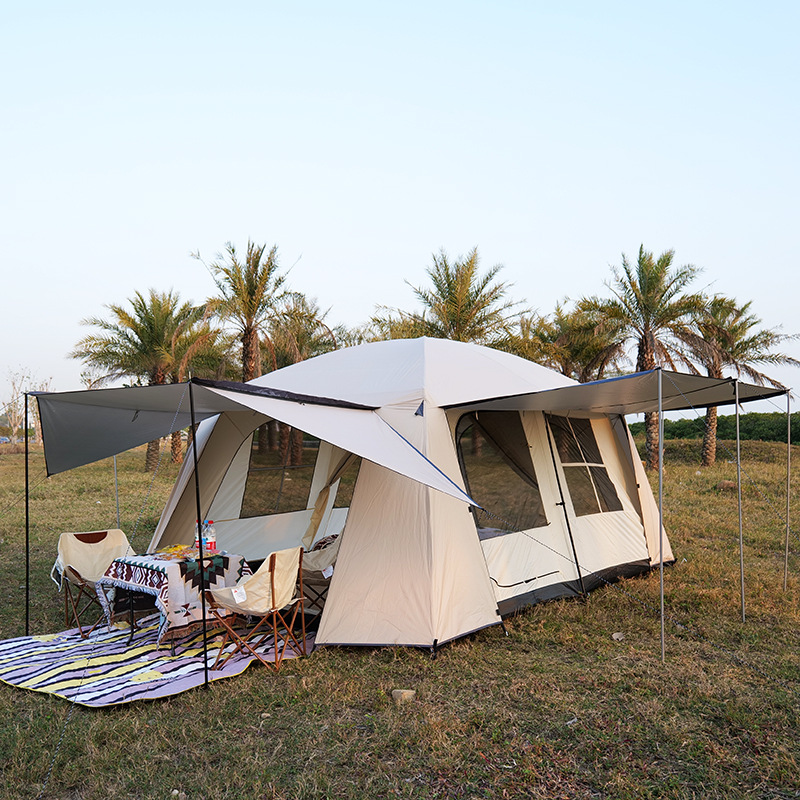 Timing is also key when it comes to capturing stunning landscape photos. Patience is a virtue in landscape photography, as the perfect shot may require waiting for the right moment. Keep an eye on the weather forecast and plan your shoots accordingly. Be prepared to wake up early or stay out late to catch the best light. Remember that the weather can change quickly, so be flexible and ready to adapt to the conditions.
Another tip for capturing stunning landscape photos is to use a tripod. A sturdy tripod will help you stabilize your camera and ensure sharp, clear images. It also allows you to use slower shutter speeds for long exposures, which can create beautiful effects such as silky waterfalls or streaking clouds. Don’t forget to use a remote shutter release or the camera’s self-timer to minimize camera shake.
Post-processing is an important step in landscape photography, as it allows you to enhance and fine-tune your images. Use editing software such as Adobe Lightroom or Photoshop to adjust exposure, contrast, color balance, and sharpness. Be careful not to overdo it, as excessive editing can make your photos look unnatural. Remember that the goal is to enhance the beauty of the landscape, not alter it beyond recognition.
In conclusion, capturing stunning landscape photos requires a combination of skill, patience, and creativity. By paying attention to composition, lighting, timing, and post-processing, you can create breathtaking images that showcase the beauty of the natural world. So grab your camera, head outdoors, and start capturing the beauty of the world around you. Happy shooting!
Timing is also key when it comes to capturing stunning landscape photos. Patience is a virtue in landscape photography, as the perfect shot may require waiting for the right moment. Keep an eye on the weather forecast and plan your shoots accordingly. Be prepared to wake up early or stay out late to catch the best light. Remember that the weather can change quickly, so be flexible and ready to adapt to the conditions.
Another tip for capturing stunning landscape photos is to use a tripod. A sturdy tripod will help you stabilize your camera and ensure sharp, clear images. It also allows you to use slower shutter speeds for long exposures, which can create beautiful effects such as silky waterfalls or streaking clouds. Don’t forget to use a remote shutter release or the camera’s self-timer to minimize camera shake.
Post-processing is an important step in landscape photography, as it allows you to enhance and fine-tune your images. Use editing software such as Adobe Lightroom or Photoshop to adjust exposure, contrast, color balance, and sharpness. Be careful not to overdo it, as excessive editing can make your photos look unnatural. Remember that the goal is to enhance the beauty of the landscape, not alter it beyond recognition.
In conclusion, capturing stunning landscape photos requires a combination of skill, patience, and creativity. By paying attention to composition, lighting, timing, and post-processing, you can create breathtaking images that showcase the beauty of the natural world. So grab your camera, head outdoors, and start capturing the beauty of the world around you. Happy shooting!

